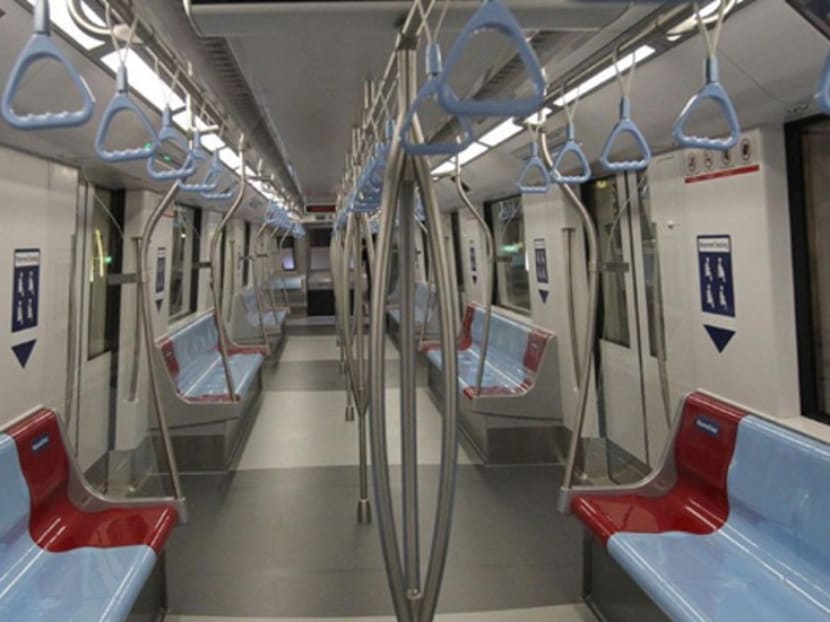Revised penalties for train operators expected to be announced in Jan
SINGAPORE — Details of the revised penalty framework for train operators are expected to be announced this month, said Senior Minister of State for Transport Josephine Teo.
SINGAPORE — Details of the revised penalty framework for train operators are expected to be announced this month, said Senior Minister of State for Transport Josephine Teo.
The review followed a high-level Committee of Inquiry recommendation that the Land Transport Authority (LTA) improve its oversight of train operator’s maintenance and handling of incidents.
In the first major disruption this year, commuters had to disembark and walk along the tracks towards Kranji station yesterday (Jan 11) after train services along the North-South Line were disrupted for one and a half hours following a power outage.
That was substantially shorter than a five-hour delay that affected more than 200,000 commuters on Dec 15, 2011 and in a seven-hour breakdown two days later, and SMRT was fined S$2 million for those disruptions.
Mrs Teo said: “The idea is that you want the penalty framework to reflect the severity of the problem, and you also want to address this issue of operators taking this problem seriously.”
Last year, train operators SMRT and SBS Transit were slapped with a total of S$1.1 million in fines for several train disruptions. SMRT had to pay S$850,000 for four incidents. SBS Transit had to cough up S$250,000 for an incident on the North-East Line.
LTA intends to peg the maximum fine for a disruption to a percentage of an operator’s annual fare revenue for the affected line.
The current cap is S$1 million per incident.
Assoc Prof Anthony Chin from the Department of Economics at National University of Singapore suggested using lost productivity to measure the penalty: “If you peg the penalty to that lost productivity, and how many people were affected, that’s your variable component. If you don’t deliver, this is the fixed fine, but if it affects (many commuters) then you have to pay the variable cost.”
Assoc Prof Chin also believes a carrot approach may be useful, where incentives can be given to rail operators who have fulfilled the required standards.
Recently LTA said operators SMRT and SBS Transit will increase the number of train trips per week by more than 1,000.
As trains are expected to arrive more frequently, the revision of the penalty framework is seen as timely to ensure the train system’s reliability.
Mrs Teo said: “From this year onwards, in 2015 as well and in 2016, we are seeing many more trains arriving, and many more trains being deployed into the system. When you have an expanding system and you are running more train services, the reliability issue becomes more acute.”
The operators’ maintenance regime also needs to be looked into, said an expert.
Prof Lee Der Horng from the Department of Environmental and Civil Engineering at National University of Singapore, said: “Engineering works can only be conducted after the service hours, which means on a daily basis they only have about four hours to do the necessary engineering works.
“They have to deploy the manpower, the equipment, and they have to wrap up everything before (service begins) the next day. Under this kind of pressure and constraints, if the things are not taken care of properly, it may affect the day-to-day operations.”
Under the revised penalty framework, LTA is expected to adjust penalties for failure to comply with operating performance standards and codes of practice. CHANNEL NEWSASIA







